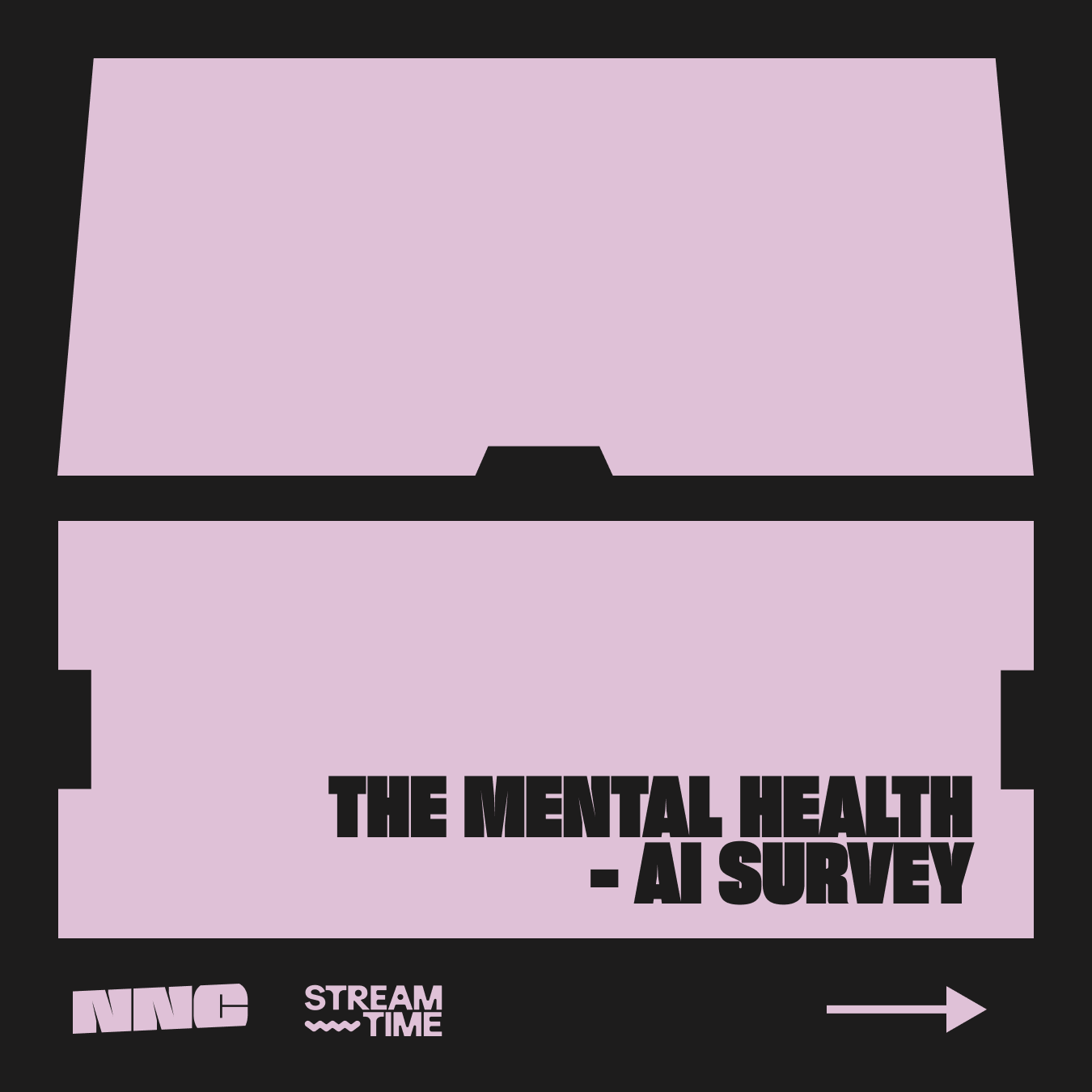To kick us off, could you tell us a bit about your background?
I’m currently working as a Design Director at Floodlight in Adelaide. I’ve been in the industry for over 12 years, having started off my career in NZ before moving to Melbourne for 8 years and then Adelaide, which is where I now call home. My expertise lies in branding and identity design as well as doing illustration on the side.
I had the privilege of being part of the Here Now program as a Mentor.
What attracted you to the Here Now program?
I was introduced to the program by Sumi whom I met at my previous job, when she was in the midst of creating the program with Andy.
With my experiences in the industry and knowing how difficult it is, I wanted to meet other BIPOC creatives to share my experiences as an Asian Creative and also gain insight from other Mentors and Mentees who've gone through similar experiences. I also thought it’s be a good way to network with other BIPOC creatives.
What insights have you gained from being a part of Here Now?
To know that there are other people out there who are going through the same struggles, and similar experiences to what I had. It was so good to connect with like minded people and just be able to talk about all the struggles we went through in a safe space. Even though the program has finished, I have kept in touch with some of the people in my group.
What was the experience like being a mentor?
I like mentoring in general, so it was right up my alley. It was nice to be helpful and give advice to the young Mentees with questions around being a BIPOC creative. Just being able to help them out was a rewarding experience.
One of the Mentees got a job as a Junior Designer while the program was running - that was a highlight for me.
How was the experience of connecting with BIPOC individuals within the industry?
It was really nice to connect and share our experience. I found it particularly easy to connect with my group as we were all from a similar East Asian heritage. Having said that, I think it’s important to recognise that within the BIPOC space there are different cultures, and it’s therefore important to not homogenise us as one singular group.
It was also the case that us as Mentors also learned from our Mentees. It was insightful, especially since there is a generational difference. It was interesting to see the new struggles that they have to deal with.
How would you describe your experience of being BIPOC within the industry?
It’s hard. I felt like I had to work twice as hard compared to an Australian white person to get to where I am today.
When I got into design, I was so passionate and persistent. And that drive to work hard carved out a space for myself in the industry and had gotten me to where I am today.
The design industry is difficult. It’s hard to get in, hard to deal with when you’re in it, so you really have to have a thick skin. And having to deal with discrimination and stereotypes on top of an already difficult industry can be discouraging. But when you push through this and find a team that’s right for you and appreciate you for you, it can be so exciting and rewarding.
What sort of discrimination and stereotypes have you come across?
When I compete with white Australians in interviews, I know that I don’t end up getting that opportunity or that job based on my cultural background and basically based on how I look.
On the other hand, when I am hired, people think that I am very submissive and quiet, being a small Asian girl. That stereotype doesn’t hold because I am actually very opinionated and not afraid to speak my mind.
Do you have any last thoughts you’d like to share?
There needs to be more of an awareness. White Australians can’t be absent from the experiences BIPOC people have within the industry. There also needs to be consideration given to people from the LGBT+ community and people with different abilities, otherwise nothing is going to change. Maybe when they hear our stories, the narrative will change and the person of colour will have an opportunity truly equal to that of a white person.











